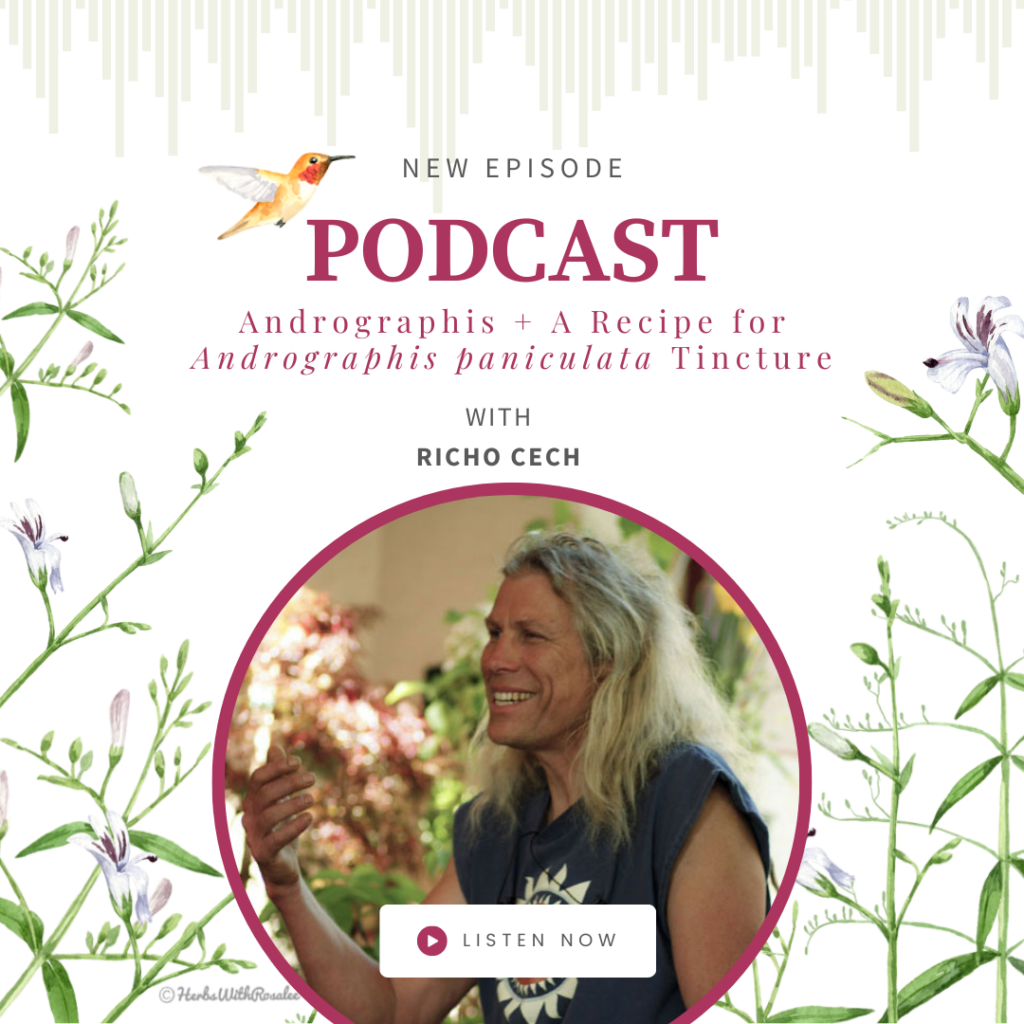Step-by-Step Instructions on How to Transplant Aloes and Other Succulents
Aloes and other succulents use up the resources of their potting soil every year or so. They produce a great deal of dead matter at the base which may be removed at transplant to keep the plant from picking up diseases. They become root-bound and grow much faster after the roots are properly trimmed and replanted in fresh medium. Use…


